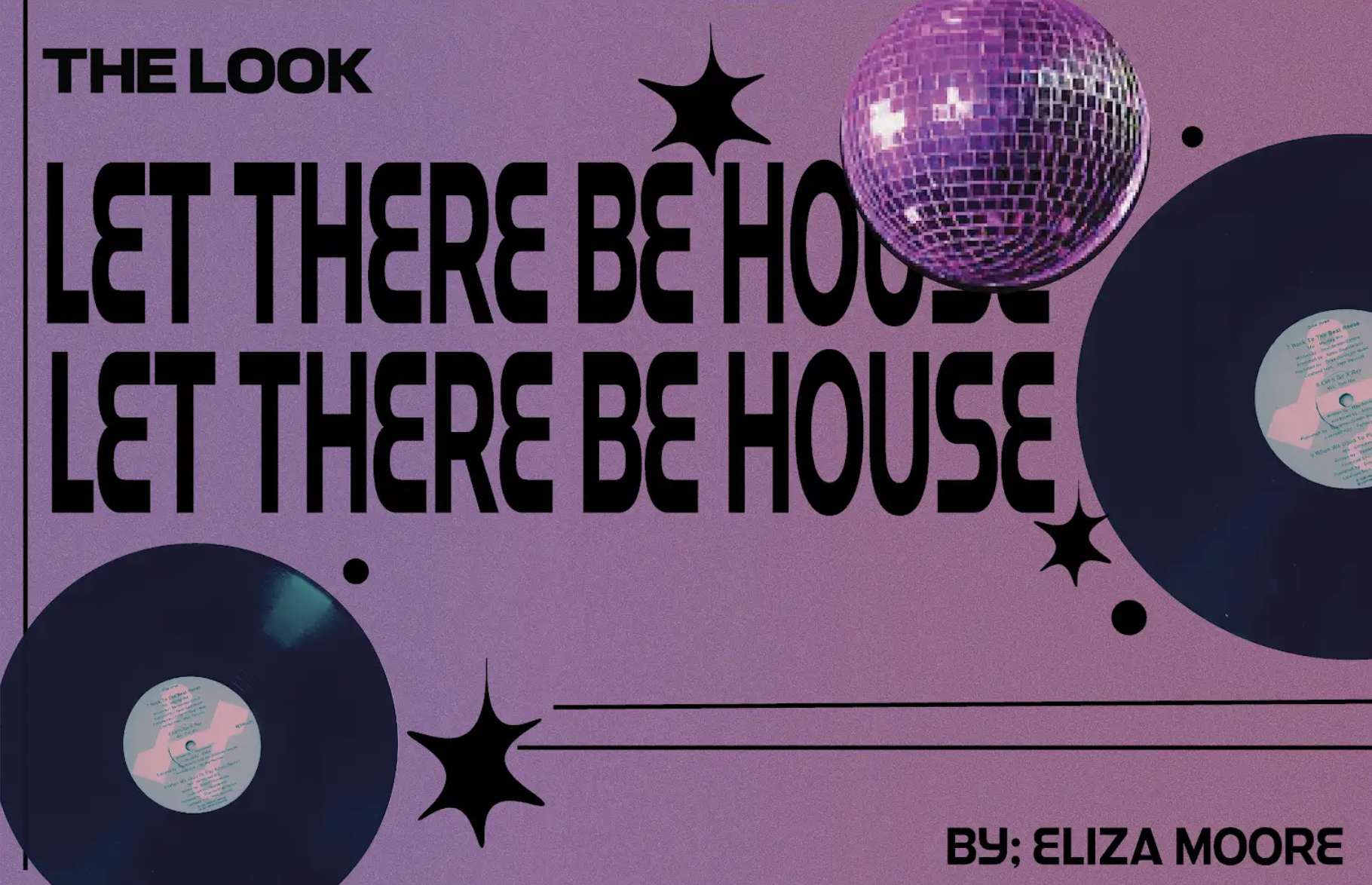Let There Be House
Ritual
Your heart surges with the thud of the kick drum, until it beats in time. The bass nearly bends the walls. The sweat of a hundred ecstatic dancers commingles on the ceiling, collecting in beads to drip intermittently on your forehead. But you don’t care. This is it, you are here. Red light streaming through hands raised to the roof. Hair flicking in every which way. Bodies ribbon and intertwine. Growing like vines. Rushing like waterfalls. The roof rises into the sky, the walls expand. The speakers creep closer, threatening to swallow you in its thumping bass, growling, rattling maw of the subwoofer. Closer. Closer..
You pause and look around. The crowd immersed in a ritual. This energy is addictive, and its release is complete. House music overtakes you and etches its very rhythm deep into your skin. This is not an art form for an audience of spectators to politely clap at its end. This music is participatory. Dynamic. Every person dancing in this crowd has come together to make this moment. But the roots of this moment go back forty years. And the roots of those moments are ancient.
The Originators
While the genre has traveled across continents, borders, and through cultures and styles, house music started in Chicago and was created by Black queer DJs, producers, and communities. It was coined ‘house’ by the goers of The Warehouse, Frankie Knuckles’ South Side Chicago club, which opened in the late 1970s. In a time when social justice movements such as the women's movement, the gay liberation movement, the Black Power movement, and the Black arts movement were taking flight, Chicago was a hub for activism through art, and resistance through joy. “If these club musics – disco and then house – are about establishing a place of sanctuary, enjoyment, togetherness, youthfulness, all these things, then we shouldn’t be surprised that queer Black people are leading the charge to create that kind of space,” Fredara Hadley, ethnomusicology professor at the Juilliard School, told Chicago Stories. There is freedom and liberation and hope sewed into the fabric of this music.
The DJs of Chicago had created new dance music from the ashes of disco using revolutionary mixing and remixing techniques to form something entirely new. Pioneers that pushed the boundaries like Ron Hardy, Frankie Knuckles, and Marshall Jefferson invented house music, but in a way they reinvented it.
Reinvention
Their revolutionary work was a culmination of hundreds of years of resistance music. It is the child of church spirituals, work songs, disco, funk, soul, blues, gospel and R&B. It represents generations of other disenfranchised artists making music that provides safe spaces for the groups that need them the most, and for that reason, house music clubs became safe havens for groups that felt abandoned by their country in the tumultuous period dominated by the conservative politics of the ‘Reagan Revolution’. Chicago house was about escapism, and its resurgence in our current political climate is a direct descendant of that. It’s not a coincidence that house music is rising again in opposition to the rise of the oppressors. If you are black, brown, queer, underrepresented and downtrodden, your existence is political, and any act of joy is also inherently an act of resistance.
Escapism
House music is back, and if you think about it, it makes sense. Enjoyers, producers, DJs, and communities have a sensibility. If you know the history, you know that house is not just fun, it's important. It is times like these where we need resistance through joy, through music, through dance. We need the release that house music can give us. When you’ve got your hands in the air, it’s impossible to hold onto all that baggage.
More!
If you're interested in learning more about the revolutionary story of Chicago house be sure to check out Pump Up the Volume: A History of House Music, a documentary accessible on YouTube, Chicago House Music: Culture and Community, written by Marguerite L. Harrold and PBS’ Chicago Stories - House Music Stories Collection.
Written by: Eliza Moore
Cover Design: Lucille Mathieu
Sources:
ICON Collective. “The History of House Music and Its Cultural Influence.” ICON Collective, https://www.iconcollective.edu/the-history-of-house-music. Accessed 21 Oct. 2025.
Pump Up the Volume: A History of House Music. Dir. Carl Hindmarch, Flame Television Production Ltd., 2001.
Harrold, Marguerite L. Chicago House Music: Culture and Community. Arcadia Publishing/Belt Publishing, 2024.
Collins, Patricia Hill. Black Feminist Thought: Knowledge, Consciousness, and the Politics of Empowerment. Revised 10th Anniversary ed., Routledge, 2000.
“House Music: A Cultural Revolution.” WTTW Chicago Stories,https://www.wttw.com/chicago-stories/house-music. Accessed 21 Oct. 2025.

